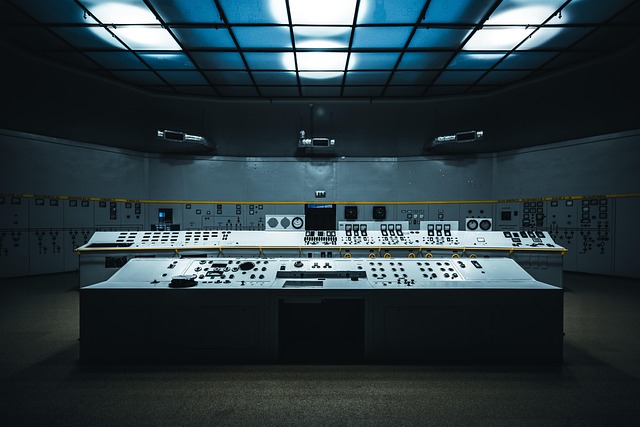
Exploring the Impact of Control Settings on Modern Gaming Culture
In the rapidly evolving world of modern gaming, control settings hold a significant role that extends beyond mere functionality; they influence player experience, cultural dynamics, and community engagement. As technology advances and gaming graphics become increasingly lifelike, players find themselves immersed in vivid landscapes, allowing them to lose themselves in fantastical worlds. However, the true immersion often hinges on one critical aspect: control settings.
Many players might underestimate the power of control settings, viewing them as just a necessary step before jumping into a game. Yet, the right configuration can drastically change how a player interacts with the game environment, influencing not just gameplay but the overall gaming culture as well. Customizable controls empower players to tailor their experiences, enabling them to optimize response times and feel more connected to the virtual environment. In multiplayer scenarios, these adjustments can spell the difference between victory and defeat, fostering a competitive spirit that often transcends the digital realm into real-life interactions.
Consider how control settings embrace the diverse player demographic. Gamers today come from various backgrounds, each with unique preferences and playing styles. The ability to customize controls allows people to step into their preferred roles, whether they are seasoned veterans or newcomers. This inclusivity has bred a gaming culture that values adaptability and encourages experimentation. Players often share their configurations online, creating a sense of community as they discuss strategies and techniques, further enriching the culture surrounding gaming.
Moreover, as esports continues to gain traction, understanding control settings becomes paramount for aspiring professional players. The competitive gaming landscape requires exquisite precision and coordination, leading gamers to invest considerable time refining their control layouts. The push to achieve the most optimized settings for peak performance creates a cultural phenomenon centered on skill acquisition and peer recognition, further solidifying the importance of control settings in shaping modern gaming culture.
Beyond the competitive arena, control settings can impact narrative-driven games, where the player’s emotional response can be heightened through thoughtful customization. For instance, a player might alter sensitivity to enhance their interactions with the environment, making the experience feel more personal. This emotional investment in gameplay fosters a deeper understanding of the game’s story, contributing to a culture that values the artistic narrative of video games.
As the industry continues to push boundaries with technological advancements, the conversation surrounding control settings will only become more relevant. Developers are increasingly recognizing the importance of providing robust customization options to meet players’ needs, leading to varied approaches in how control systems are designed. This evolution reflects a shift towards a more player-centric gaming industry, one that values user experience and promotes a culture of individuality.
Ultimately, control settings serve as a testament to the incredible intersection of technology and culture within the gaming world. They give players a voice, allowing them to express themselves in ways that resonate with their individual gaming identities. In navigating the landscapes of modern entertainment, these settings are not merely adjustable parameters; they are the keys to unlocking a richer, more engaging experience that resonates on both a personal and communal level.

